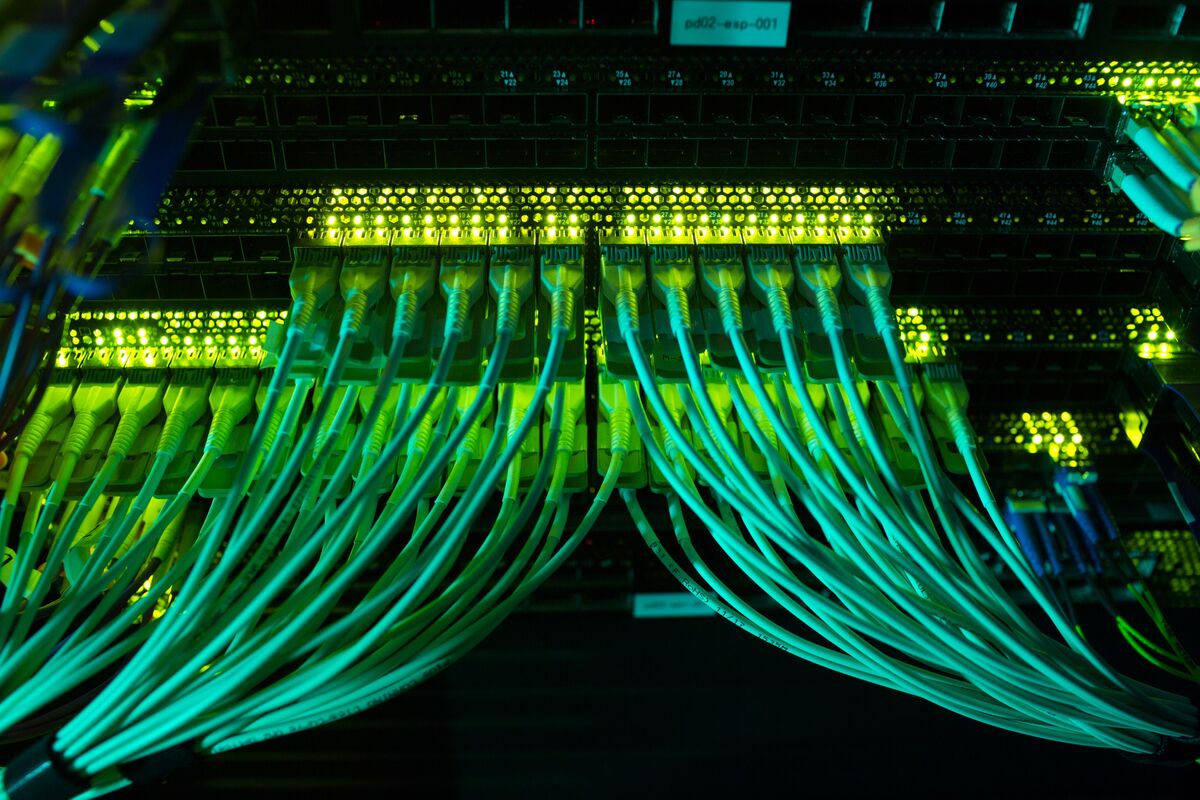

Oooooh. That’s smart. I mostly host apps, but in theory, I should be able to dynamically modify the response body and tack on some HTML for a hidden button and do that.
I used to disallow everything in robots.txt but the worst crawlers just ignored it. Now my robots.txt says all are welcome and every bot gets shunted to the tarpit 😈





I’ve been looking into crowdsec for ages now and still haven’t gotten around to even a test deployment. One of these days, lol, and I’ll get around to it.